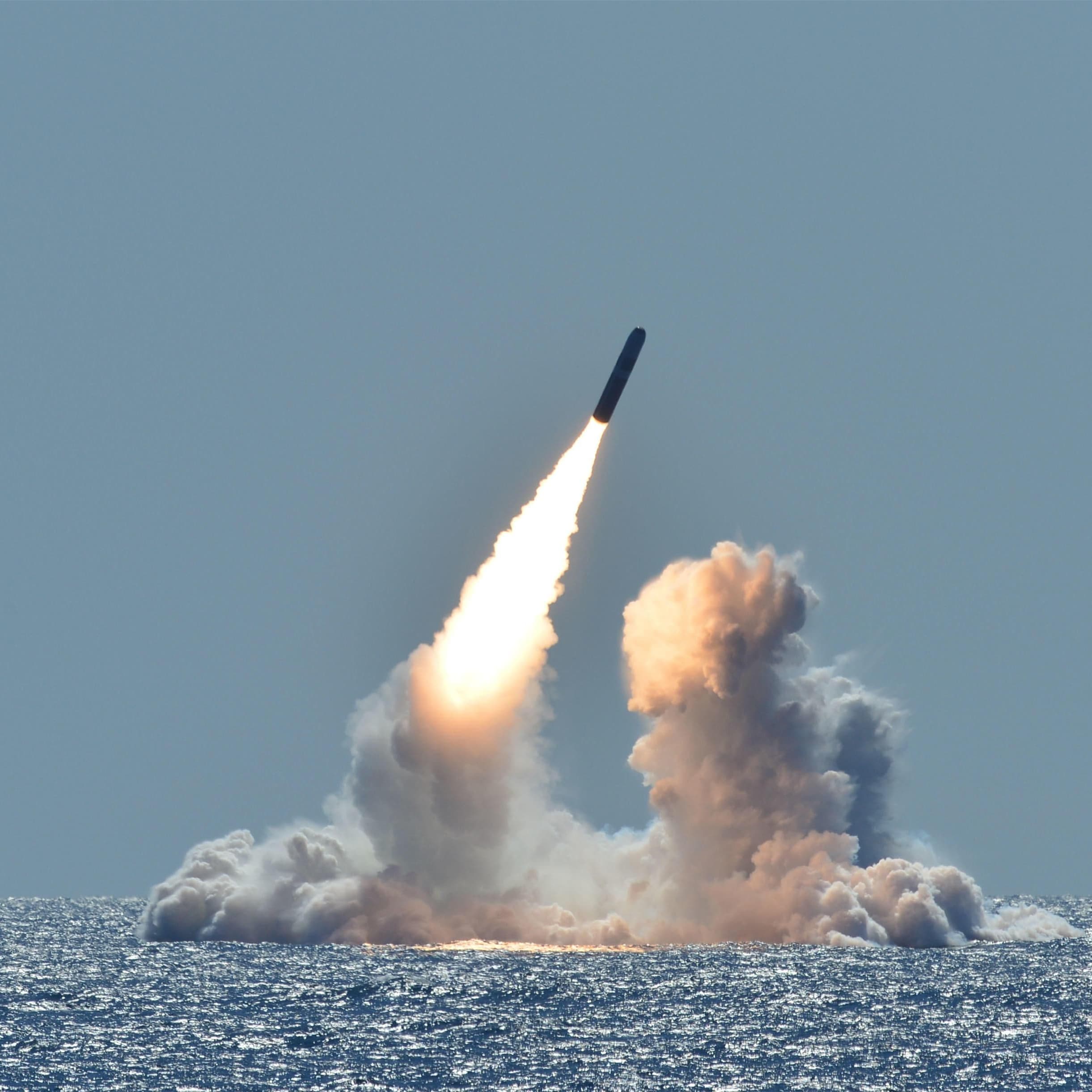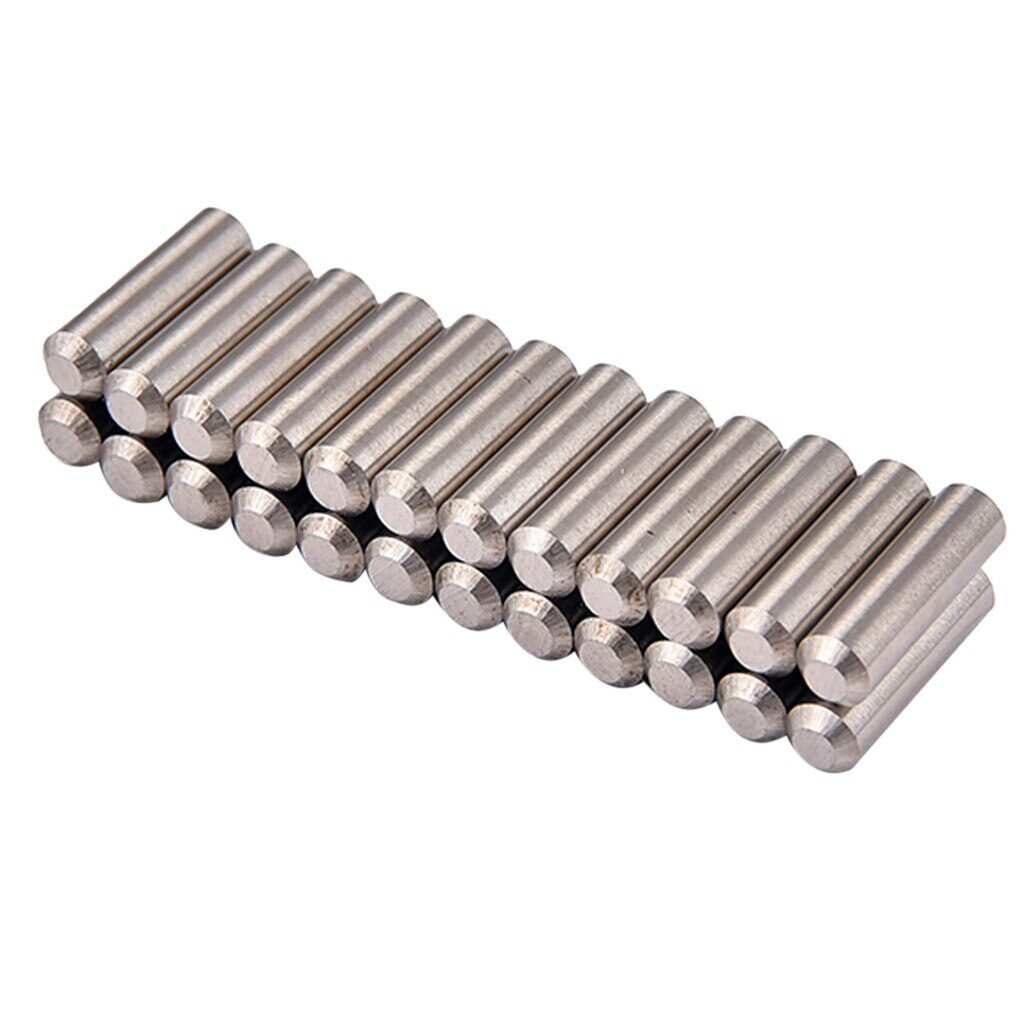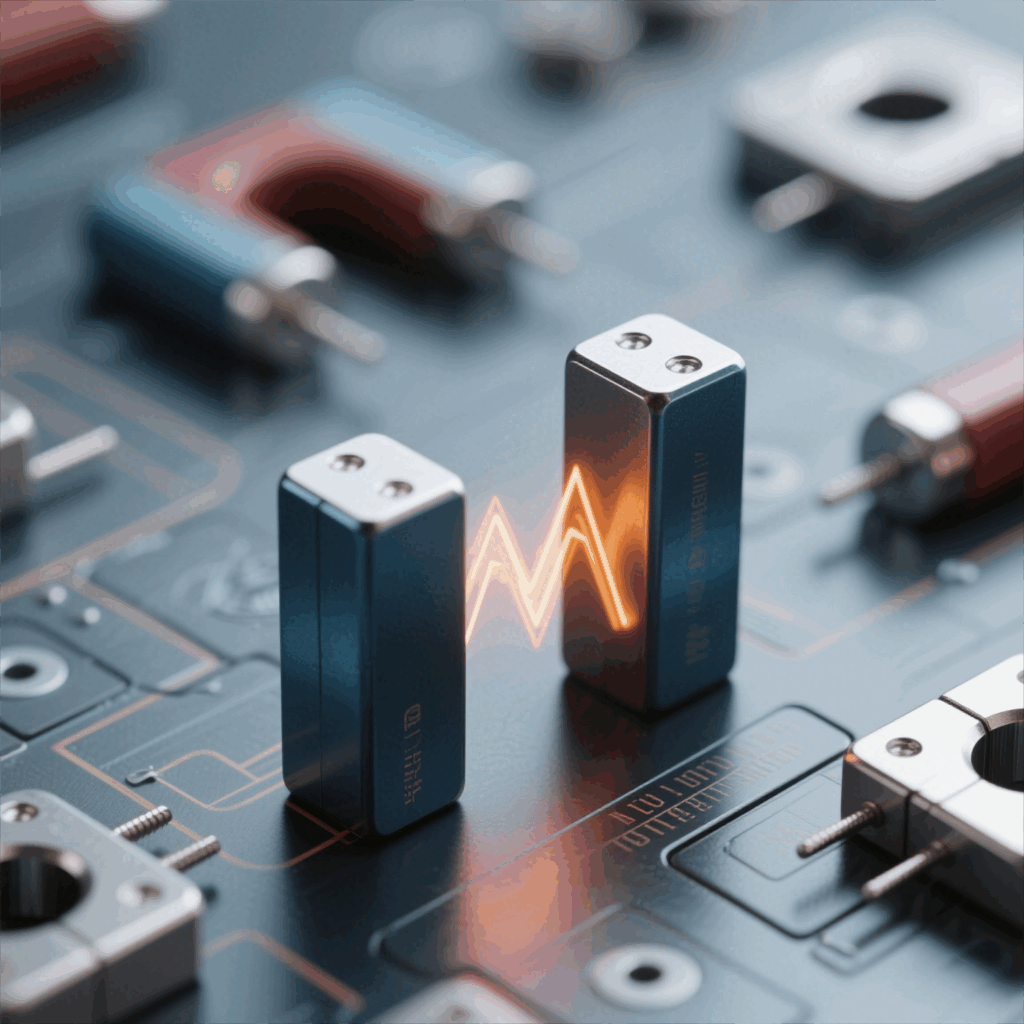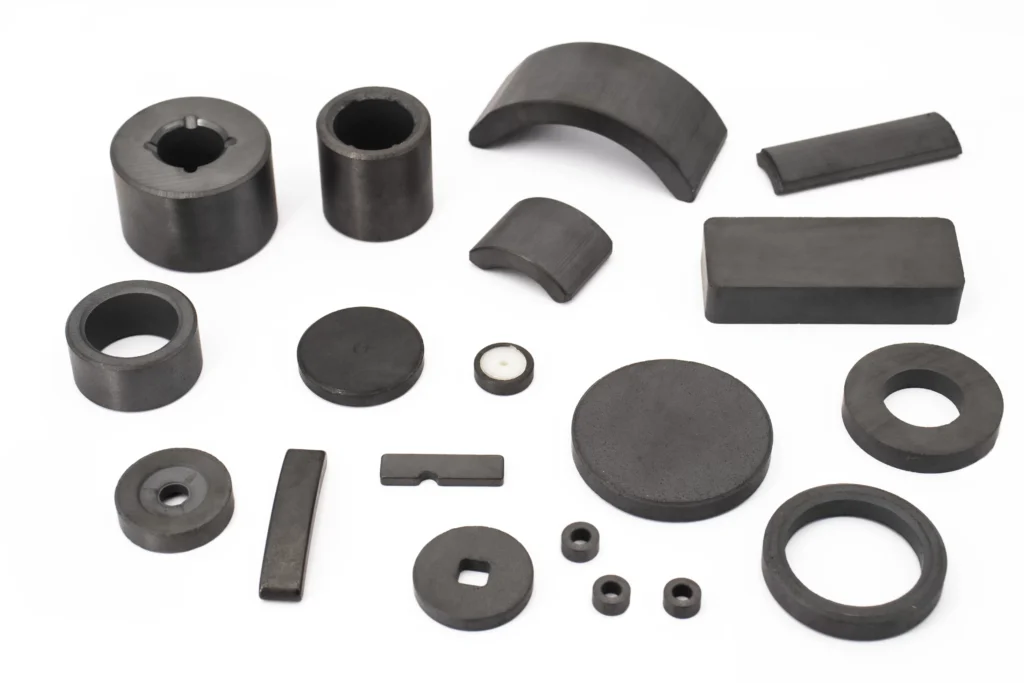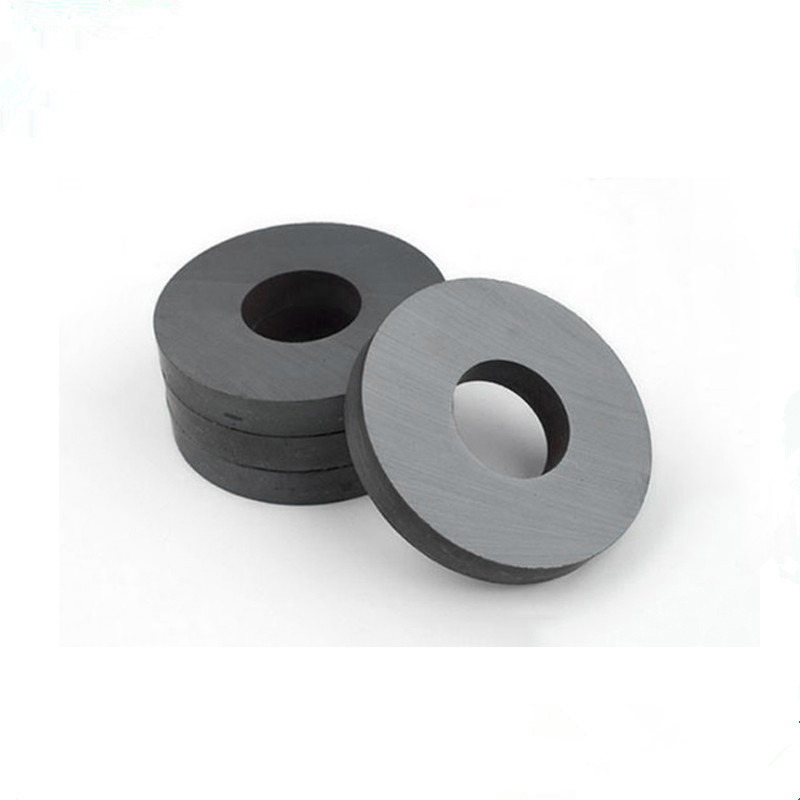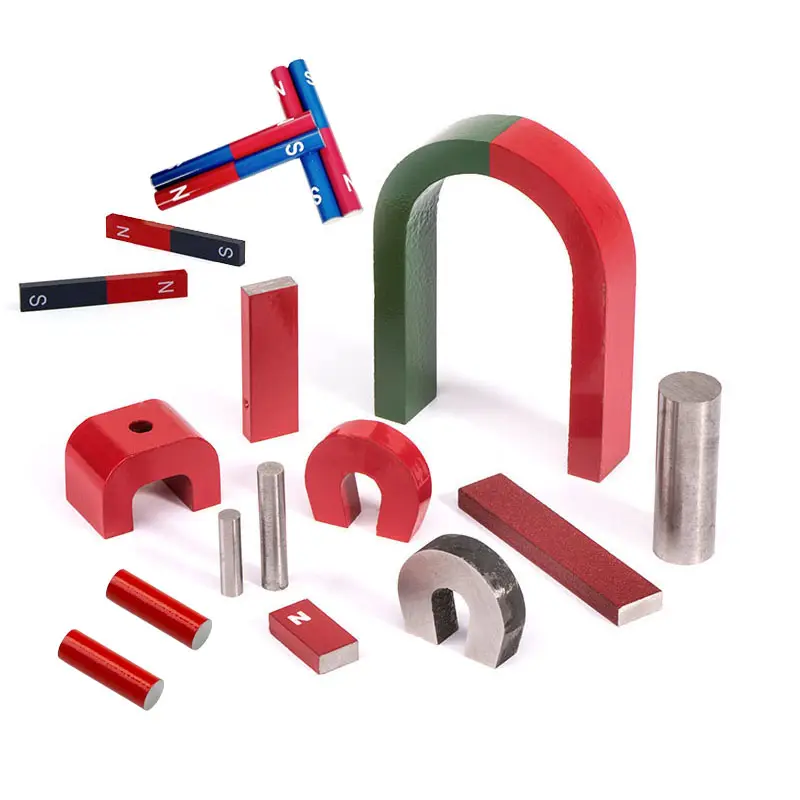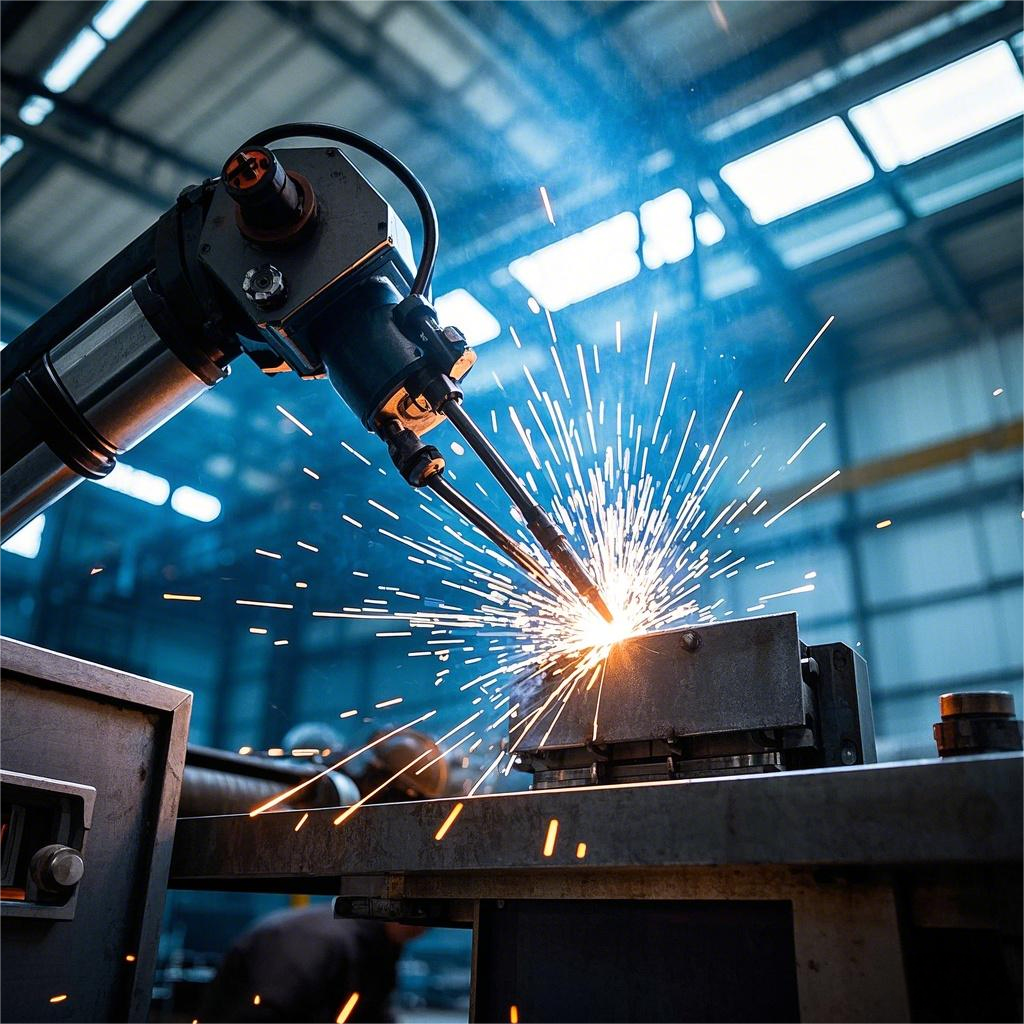Alnico magnets are among the most stable permanent magnets available today. Composed primarily of aluminum (Al), nickel (Ni), and cobalt (Co)—along with iron and other elements—Alnico magnets offer excellent temperature stability, high residual induction, and long-term magnetic performance. However, under certain conditions, even these robust magnets can be demagnetized. In this article, we’ll explain the […]
Alnico magnets are a class of powerful permanent magnets made primarily from Aluminum (Al), Nickel (Ni), and Cobalt (Co)—hence the name Al-Ni-Co. But these are not the only elements involved. Iron (Fe) forms the base, while trace amounts of Copper (Cu), Titanium (Ti), and sometimes Niobium (Nb) play essential supporting roles. Each element contributes uniquely […]
Permanent magnets, like those in speakers, motors, and fridge magnets, can retain their magnetism for decades—sometimes even centuries. But how do they resist demagnetization so effectively? The answer lies in their material composition, atomic structure, and resistance to external forces. 1. High Coercivity – Resistance to Demagnetization Coercivity measures how well a magnet resists losing […]
One of the important raw materials of Ferrite magnet is Strontium Carbonate On March 6, 2025, a serious fire broke out at the Kandelium plant in Mexico. Kandelium is the largest overseas supplier of Strontium Carbonate, with an annual production capacity of 40,000 tons, accounting for 11% of global production. Most of its production capacity […]
Introduction Ferrite magnets (also called ceramic magnets) are permanent magnets made from iron oxide (Fe₂O₃) combined with strontium (Sr) or barium (Ba). Due to their low cost, high corrosion resistance, and excellent temperature stability, they are widely used in various industries. This article explores the top industrial applications of ferrite magnets, their advantages over rare-earth magnets, and […]
PVD coating, or Physical Vapor Deposition coating, is a cutting-edge surface treatment technology that enhances the durability, performance, and appearance of materials. Widely used in industries ranging from automotive to jewelry, which offers a unique combination of hardness, corrosion resistance, and aesthetic appeal. In this article, we’ll explore what PVD coating is, how it works, its benefits, […]
Introduction AlNiCo magnets, made from aluminum, nickel, and cobalt, are one of the oldest types of permanent magnets. Despite the rise of rare-earth magnets like neodymium, AlNiCo magnets continue to play a vital role in various everyday applications. Their high magnetic strength, temperature stability, and corrosion resistance make them indispensable in many fields. In this […]
Demagnetization curve is more accurate for AlNiCo magnetism than Gaussmeter. Why Gaussmeter cannot accurately measure AlNiCo magnetism? Demagnetization field effect:AlNiCo magnets have high coercivity and low remanence, so they are easily affected by the demagnetization field during measurement. This causes the Gaussmeter to underestimate the actual magnetic field strength. Anisotropy:AlNiCo magnets are highly anisotropic, which […]
Magnets play a crucial role in welding machinery, offering a range of applications that enhance efficiency, accuracy, and overall welding quality. Here’s how magnets are utilized in welding processes: Workpiece Fixation: Magnets are widely used to secure metal workpieces, especially ferromagnetic materials like steel. Magnetic clamps or magnetic welding tables provide quick and stable fixation, […]
Magnets are mainly used in the nail industry to create cat-eye effects, make special patterns, and absorb nail tools. The following is a detailed introduction: Creating cat-eye effects Principle: Cat-eye nail polish contains magnetic particles. When the magnet is close to the uncured cat-eye glue, the magnetic field will align the magnetic particles in the […]
